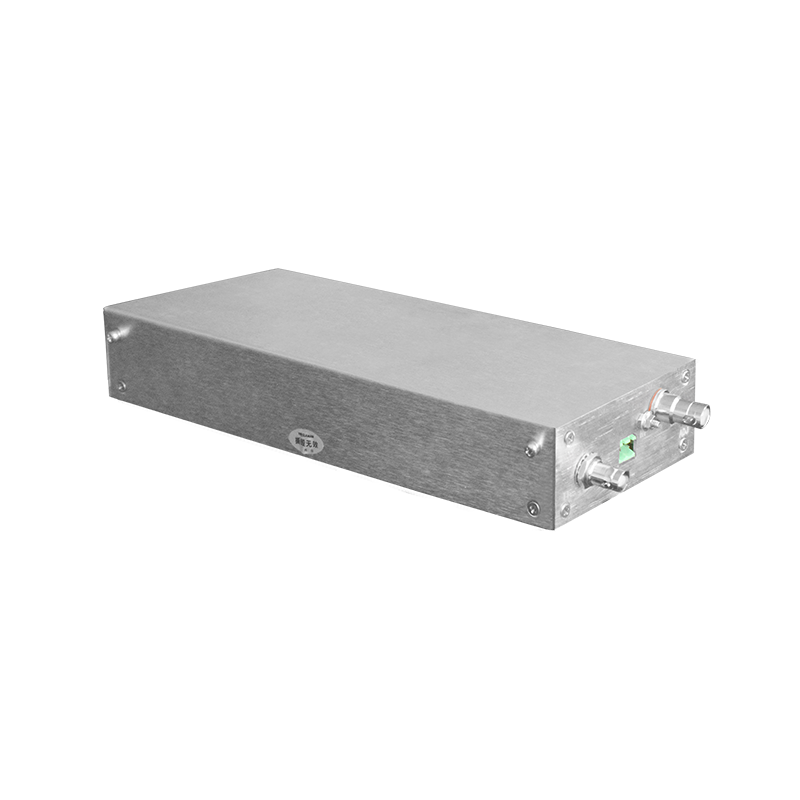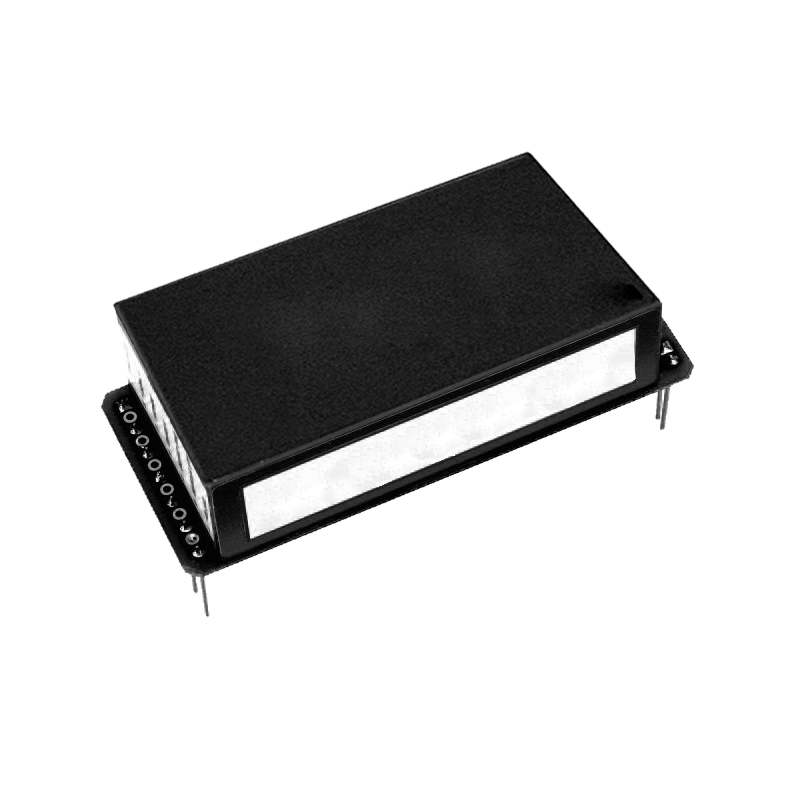Algorithmic Improvement and Performance Enhancement of Vector Control in High-Voltage Variable Frequency Power Supplies
High-voltage variable frequency power supplies are widely used for motor drives in industrial, transportation, and energy systems. Their core objective is to provide smooth speed regulation, high torque precision, and minimal harmonic distortion under demanding electrical conditions. Vector control, also known as field-oriented control (FOC), allows decoupled control of torque and flux components, achieving superior performance compared to conventional V/f control.
In high-voltage environments, the implementation of FOC faces challenges such as signal acquisition distortion, high common-mode interference, and parameter sensitivity. Modern improvements focus on adaptive modeling, sensorless control, and computational optimization. Model Reference Adaptive Systems (MRAS) and Extended Kalman Filters (EKF) are used for sensorless rotor speed and flux estimation, reducing reliance on fragile mechanical sensors.
The inclusion of real-time parameter identification enables the controller to adapt to variations in stator resistance or inductance due to temperature rise. Predictive current control and dynamic decoupling compensation further improve transient response and stability.
To reduce switching loss and electromagnetic interference, advanced Space Vector PWM (SVPWM) methods are employed. Adaptive dead-time compensation ensures precise control even at high voltages. By predicting optimal switching vectors, Model Predictive Control (MPC)-based FOC achieves minimal current error and enhanced dynamic torque performance.
Additionally, the integration of wide bandgap devices such as SiC or GaN transistors allows higher switching frequencies and lower losses, thereby improving motor drive efficiency. Combined with digital control platforms, the enhanced algorithms significantly improve precision, dynamic response, and energy efficiency in high-voltage motor systems.




















